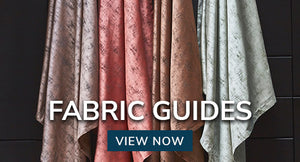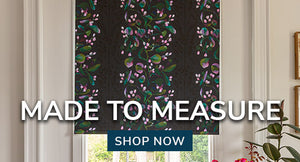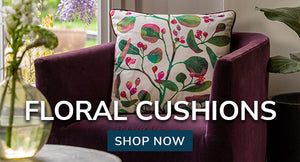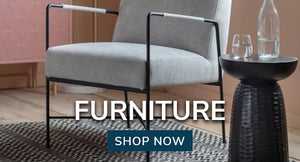Stine Dulong is a Danish ceramicist and the founder of SkandiHus, living and working in London. Stine is inspired by a passion for Scandinavian design, in particular light colours, natural materials and minimalism. It is her belief that high quality design should be affordable and still relevant to modern life. She is extremely environmentally conscious, reusing materials whenever possible and even using reclaimed clay. Stine also works as a teacher at Turning Earth Ceramics studios in East London. So we are proud to bring you the Designer Insights of Stine Dulong.
Image Credit: 1) Peggy Manning (The Slow Brew Club) 2) Jono Smart 3) Ros Heathcote (Borough Broth Company) 4) Farrow & Ball 5) Sophie Sellu (Grain & Knot)
- Transcript -
1) In your own words describe your unique style and creative aesthetic?
SkandiHus is all about hand-made, high quality ceramics that are affordable, stylish and relevant to how we live now. I tend to work with light colours inspired by my childhood in Denmark and I seek to make that understated impact of beautiful utilitarian Scandinavian design.
2) When starting a new project, what is your creative process?
I don’t really have a set creative process. Ideas tend to just come to me and it differs from project to project. I wish I could explain it better but the truth is that my designs just come to me.
3) Out of the creative people you have worked with, who is it that you respect and admire the most?
I admire many creative people around me but one person in particular, who really impressed me is Sophie Sellu, the founder of Grain & Knot. I find her a great inspiration because she’s not only a talented crafts person but also an incredible business woman. I think that the biggest challenge for many creatives is finding the balance between being an artist and making a living from your art.
4) When looking for inspiration is there a particular thing you do to get inspired?
I constantly get inspired by things around me. A pattern in a ceiling, a crack in a wall etc. Sometimes, I take a lump of clay and place it on the wheel and I let the clay tell me what it wants to be. Some of my most successful designs have been created this way.
5) What has brought you to this point in your career? And what is your advice for people looking to follow in your footsteps?
Before I became a ceramic artist, I worked in the City of London as a business crime lawyer for years, never quite feeling fulfilled or happy. I often felt like I went into work every day to perform a role that was written for someone else. One day I decided to follow my dream and I quit my job and embarked on my artistic journey. My best advice to anyone wanting to follow my footsteps would probably be to have a plan and a clear idea of where they want to be.





















































